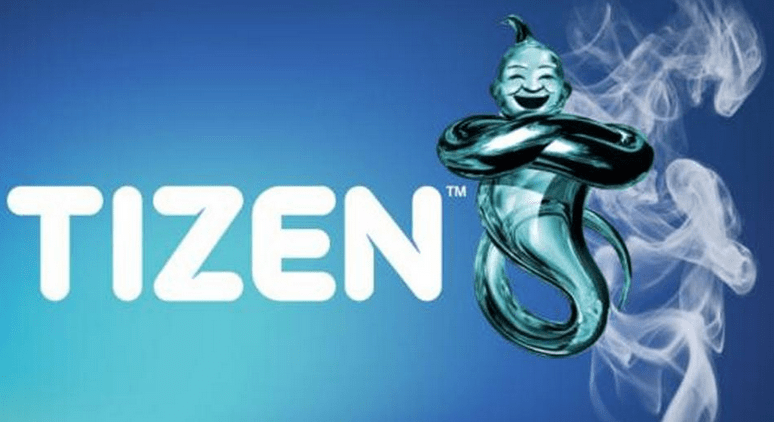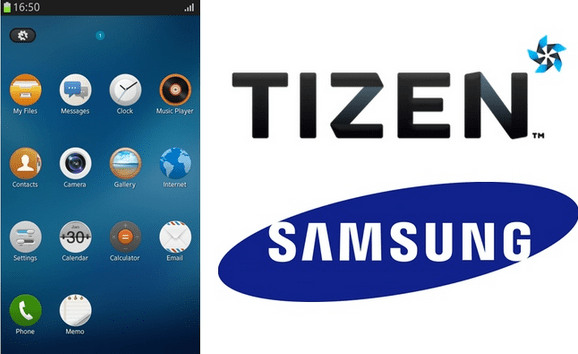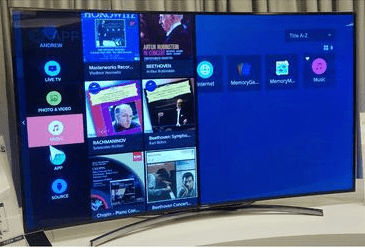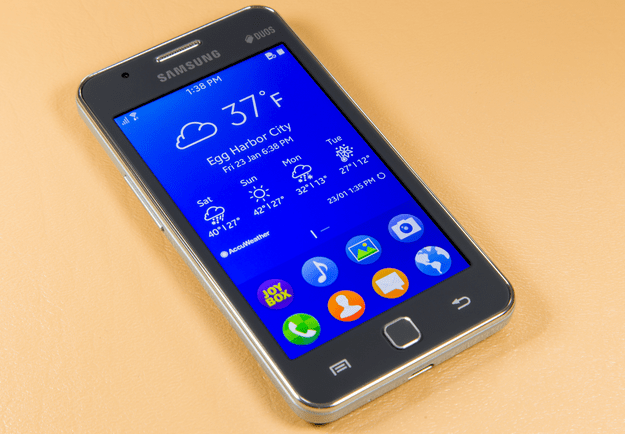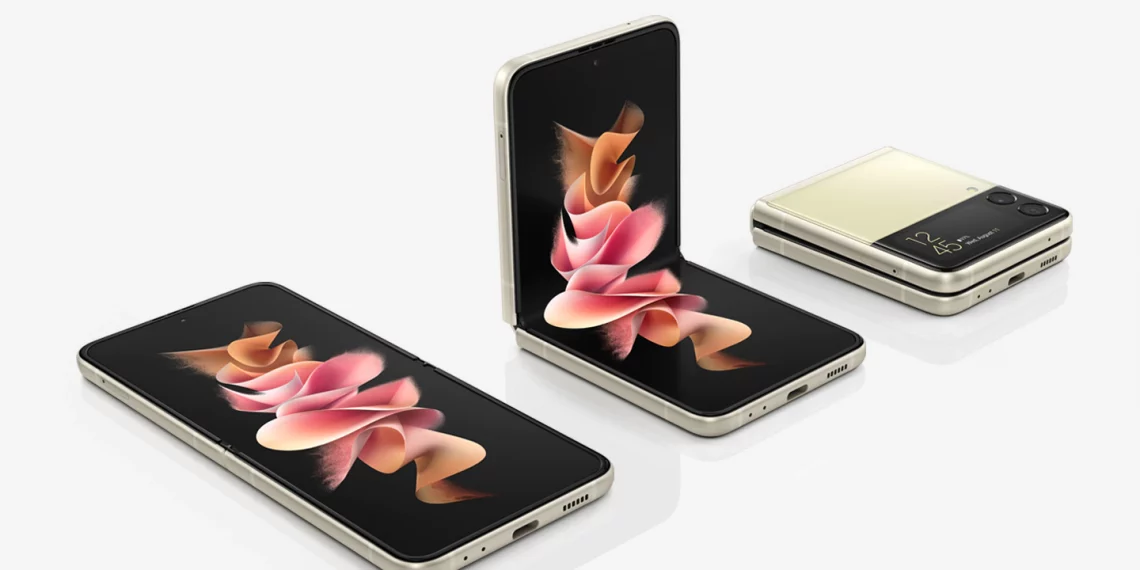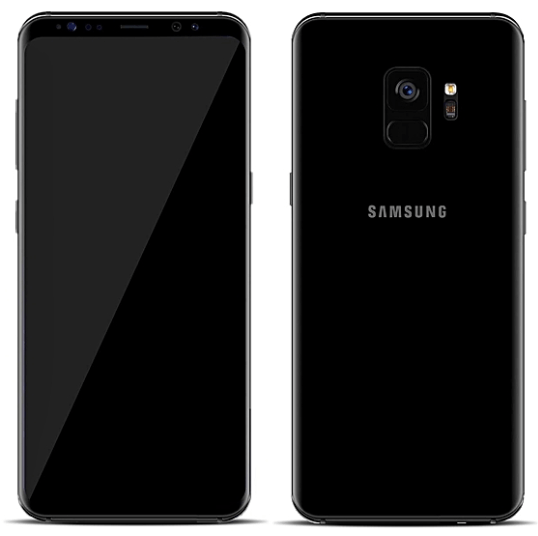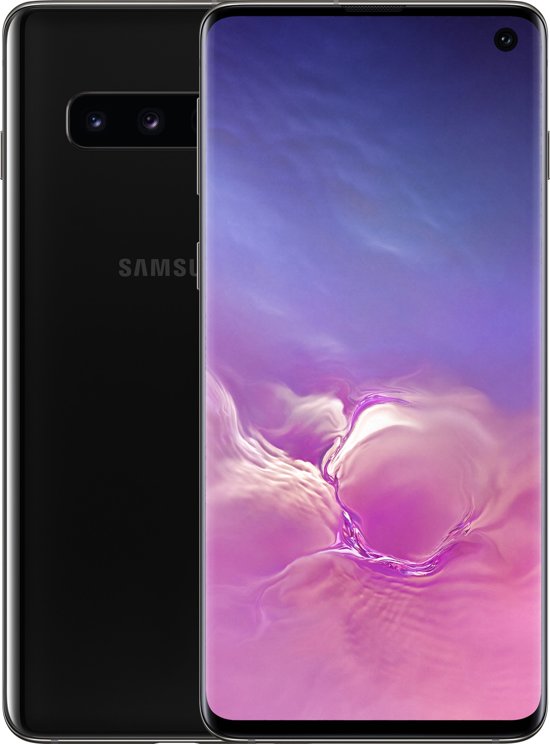Tizen is an opensource operating system developed by Samsung and based on Linux. It runs a variety of devices ranging from smartwatches to Televisions sets and even refrigerators. tizen.org is the official website for Tizen.
Announced in September 2014 powering a higher-end Samsung camera NX1 but made a debut after then running on some other devices, it is one platform that people should take a keen interest on. Not because it comes from the leading android manufacturers or anything but because it is a platform that was built to offer Android real competition. It is meant to cushion Samsung from any Android endeavor. In case Android won’t serve Samsung’s interest anymore or in an event of anything happening, Samsung will shift gears to Tizen. Notably, other manufacturers
also have their own backup plan in an event android fails them. LG has Web OS, HTC hasn’t officially ditched windows unlike the rest that have suspended it, Huawei is developing its own called Kirin. Other small manufacturers will
look up to Microsoft for windows or even Samsung for their own in house Tizen or even surprise us with their own.
Tizen is basically designed to be a lightweight operating system and hence does not require high-end specs to operate smoothly unlike its counterpart Android. It was intended to offer lower-end devices a better experience. When the ‘wearables’
and smart TVs came to being, Samsung saw a home for Tizen here. It was time to introduce people to its own in house operating system rather than trying to develop on a different OS then later try to change people to it. It can be noted the original Samsung Galaxy Gear received an OS overhaul and I reported on it. It came running a heavily forked version of the mainstream Android and then it was updated to Tizen. This was a time when Android wear was still a rumor. It was followed by a number of Gear smartwatches running Tizen.
When it comes to smartphones where Tizen was originally intended, we have seen Samsung Z being released in Asian markets. Samsung Z is a range of midrange smartphones running Tizen and they all have mid-range specs and so
far according to trusted reviews who have managed to get their own review units (both Z1 and Z2 though Z2 hasn’t been announced already), they seem to be performing well as they were intended to be. Samsung Z1 is the entry-level one going for just less than $100. You can see it pictured below.
In the software department, the latest is Tizen 2.3 with regular updates and improvements. Tizen UI 3.0 is also around the corner. Tizen can run android applications just like what Blackberry did with BB10.3 and above. This is
meant to offer a home for those deep in applications since most developers are not already on Samsung’s Tizen bandwagon. This is the best shortcut anyone can take. Remember what Microsoft is doing with Windows 10? Giving developers an
easy time by using the existing android codes on windows 10 whilst tied to Microsoft services. In an event of maps, they use Bing Maps, the search is Bing and other Microsoft services like Cortana in place of Google Now and many more. This is done automatically in the background though. As a reminder, Samsung claims Touch whiz on android is inspired by Tizen. Well, which came first to inspire who? I won’t go into that line of politics.
After all, is said and done, Tizen remains to be a platform that is still seeking identity despite Samsung pushing it out there on many devices as possible. It hasn’t seen much success on TVs nor smartphones so to say though there is a Mid ranger Samsung Z2, a successor to Z1 of course, coming. The ‘wearables’ the industry is one that doesn’t bring a need to the general public. The masses are not that interested. Tizen just remains to be an alternative that is still waiting for its time though no one is certain it will ever come.
Editor’s recommendations
Choose the Best Memory Card (Micro SD) for Your Phone
Choose the Best Memory Card (Micro SD) for Your Phone
Facial Recognition Technology in Smartphones
